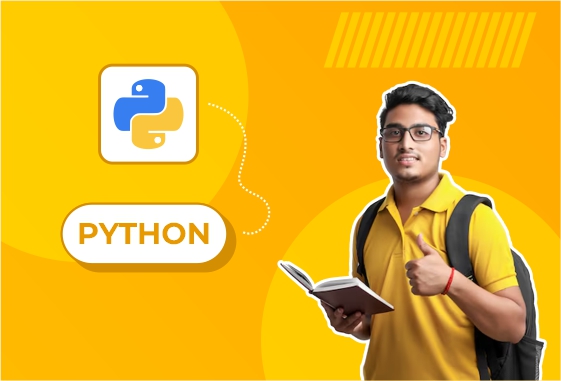
Blockchain-Powered Distributed Cloud Computing
Blockchain-Powered Distributed Cloud Computing
Objective
To develop a decentralized cloud computing platform where users can share, rent, or sell unused computational resources (CPU, GPU, storage) using blockchain for trust, transparency, and security—without relying on centralized providers like AWS or Google Cloud.
Key Features
Resource Sharing Marketplace: Users can buy/sell computing power or storage via smart contracts.
Decentralized Infrastructure: Eliminates reliance on central data centers.
Smart Contract Automation: Handles job assignments, payments, and performance verification.
Proof of Computation: Verifies tasks are correctly executed before releasing payment.
Fault Tolerance: Tasks are redundantly distributed for reliability.
Technologies Used
Blockchain Platform: Ethereum, Polkadot, or custom blockchain
Smart Contract Language: Solidity or Rust (for Substrate-based chains)
Storage Solutions: IPFS, Filecoin, or Arweave
Distributed Computing Framework: Docker, Kubernetes, or custom microservices
Frontend: React.js or Angular
Backend: Node.js or Go
Wallets: MetaMask, WalletConnect
How It Works
Node Registration: Users register devices as worker nodes on the platform.
Job Submission: Clients submit computation tasks or storage needs.
Smart Contract Matching: Matches jobs with suitable nodes based on availability and cost.
Execution & Verification: Nodes process the job; smart contracts verify correctness via cryptographic proofs or trusted computing.
Payment Settlement: Upon successful execution, payment is released to the node from escrow.
Reputation System: Node reliability and performance tracked on-chain.
Benefits
Cost-Efficiency: Lower costs compared to centralized providers.
Decentralization: No single point of failure or control.
Scalability: Leverages idle resources from around the world.
Security & Trust: Blockchain ensures fair play and tamper-proof execution.
Incentivization: Resource providers earn crypto for participation.





